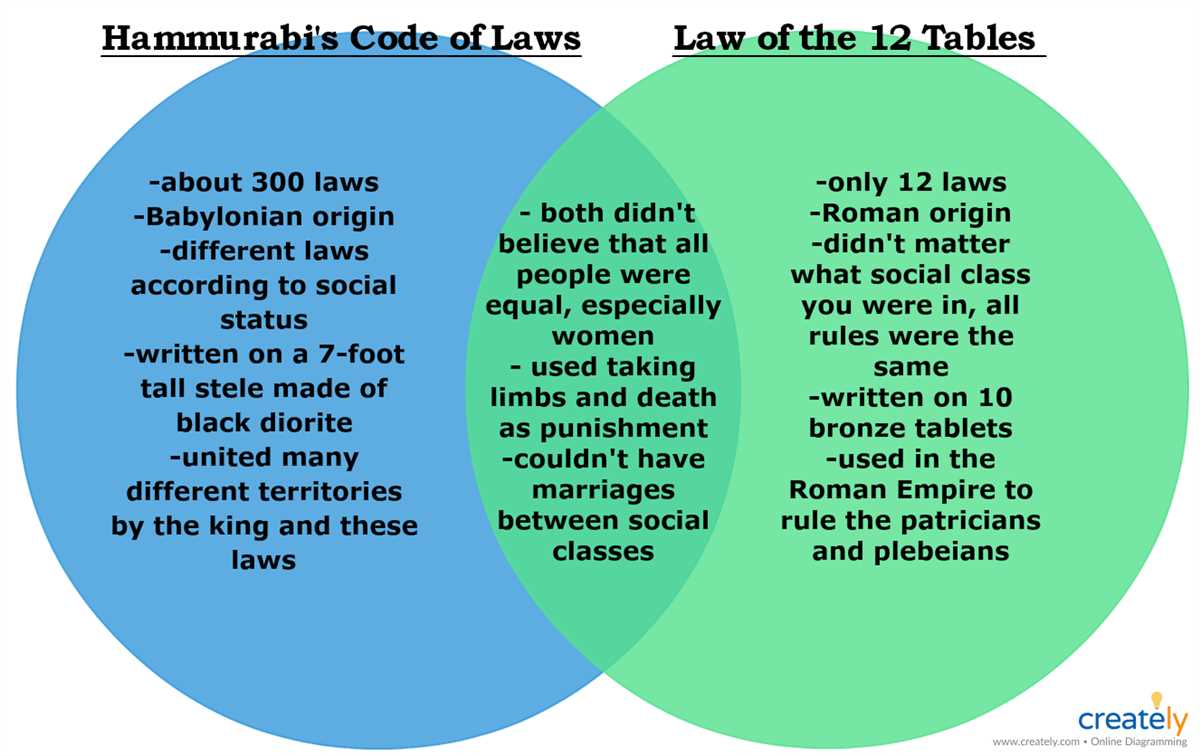
Athens and Sparta were two of the most powerful and influential city-states in ancient Greece. Although they shared some similarities, such as being located in the same region and being Greek-speaking, they were also very different in terms of their government, culture, and way of life.
Athens was known for its democratic government, where all citizens had the right to participate in decision-making. It was a center of education, philosophy, and the arts, with philosophers like Socrates and Plato and playwrights like Sophocles and Euripides. Athens valued individualism, logic, and intellectual pursuits, and its citizens were encouraged to think critically and question authority.
On the other hand, Sparta was known for its militaristic society, where the state and the collective were valued above individual rights and freedoms. It had a highly disciplined and well-trained army, which was considered the best in Greece. Spartan society was focused on warfare and physical fitness, with boys being separated from their families at a young age to undergo rigorous military training. The arts and education were not highly valued in Sparta, and its citizens were expected to prioritize military service and obedience to the state.
While there were some similarities between Athens and Sparta, such as speaking the same language and being part of the same Greek civilization, their differences in government, culture, and way of life set them apart. Understanding these differences is essential to gaining a deeper insight into the complexities and diversity of ancient Greek society.
Venn Diagram: Athens and Sparta
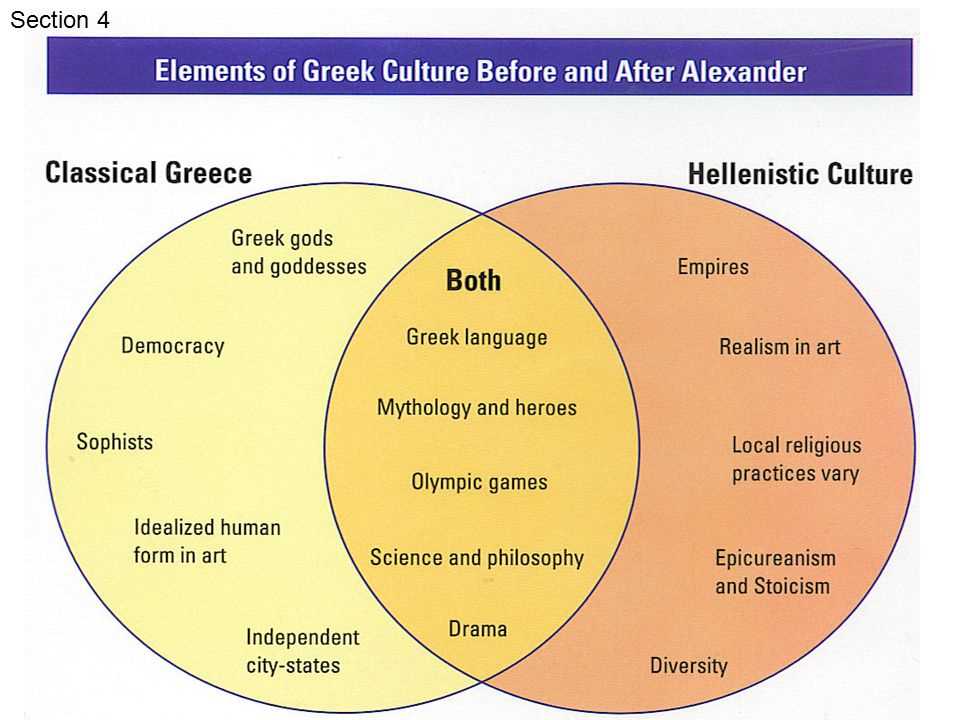
In ancient Greece, two city-states emerged as major powers: Athens and Sparta. While they shared similarities, they also had fundamental differences that shaped their political, social, and cultural systems. A Venn diagram can be used to visually represent these similarities and differences.
Similarities: Despite their differences, Athens and Sparta both existed in ancient Greece and were city-states. They both had governments, although their systems of governance were distinct. Additionally, they both had a strong military presence and were known for their prowess in warfare.
Political Differences:
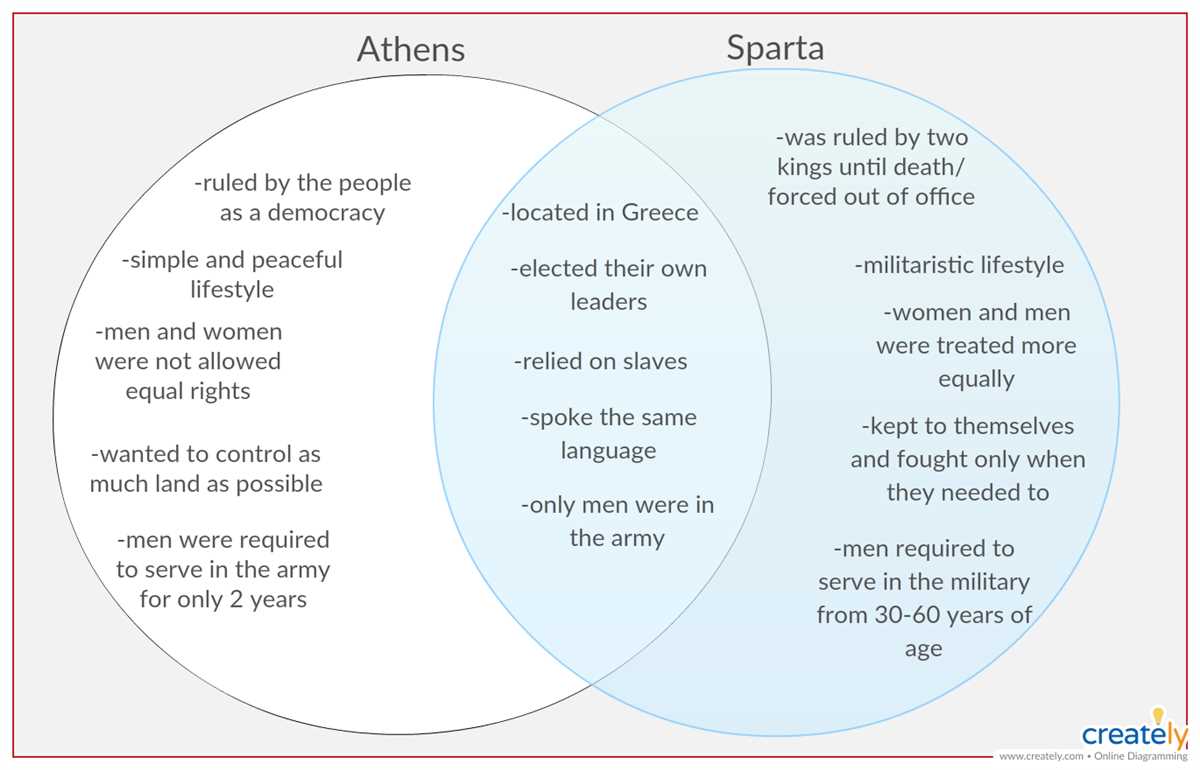
- Athens: Athens was a democracy, where governmental decisions were made by its citizens. This system allowed for a more inclusive approach to governance, with a focus on individual rights and participation in decision-making.
- Sparta: Sparta had a unique system known as a diarchy, with two kings ruling simultaneously. The government was more focused on military strength and obedience to the state, with less emphasis on individual freedoms.
Social Differences:
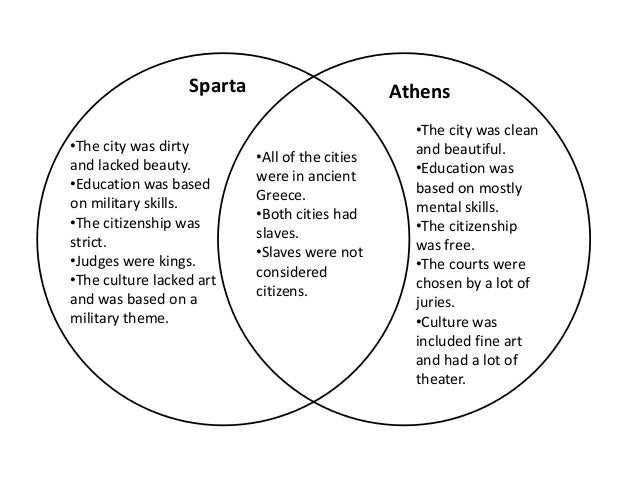
- Athens: Athens was known for its emphasis on education, arts, and intellectual pursuits. It was a center of culture and philosophy, with renowned thinkers like Socrates, Plato, and Aristotle. Athenian society valued the development of the mind and the arts.
- Sparta: In contrast, Spartan society placed a strong emphasis on physical prowess and military training. From a young age, Spartan boys were trained rigorously in warfare and discipline. Spartans believed in the importance of physical strength and endurance.
Cultural Differences:
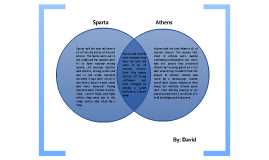
- Athens: Athenian culture revolved around the arts, philosophy, and democratic values. They celebrated concepts like individualism, freedom, and the pursuit of knowledge.
- Sparta: Spartan culture was centered around military training, discipline, and obedience. They believed in the collective well-being of the state and placed a strong emphasis on military service and duty.
In conclusion, while Athens and Sparta shared some similarities as ancient Greek city-states, they had distinct political, social, and cultural differences. A Venn diagram can help visualize these differences and provide a clearer understanding of each city-state’s unique characteristics.
Overview
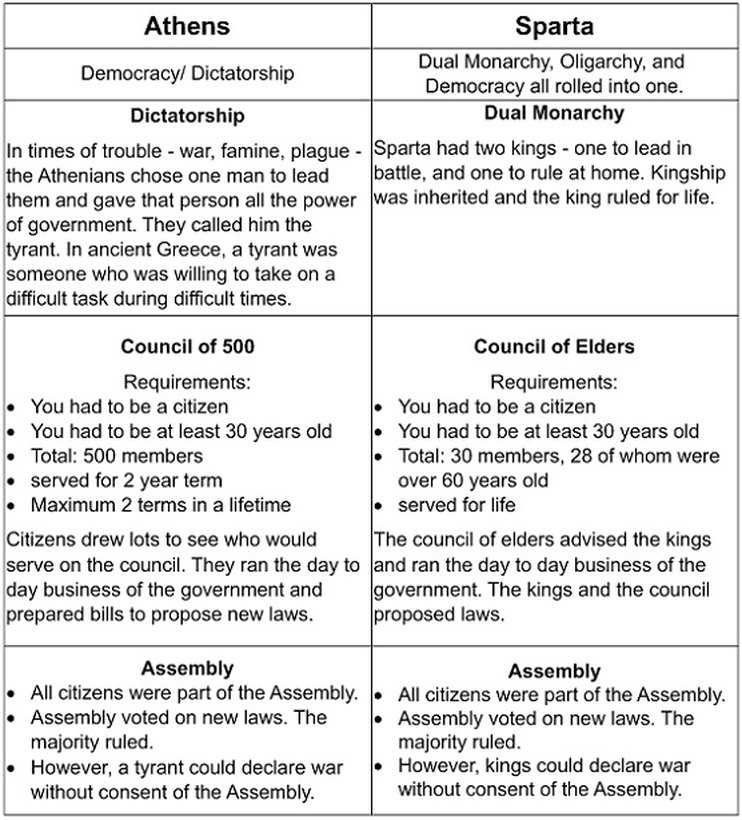
Athens and Sparta were two powerful city-states in ancient Greece. They were both part of the Greek civilization, but they had different systems of government, social structures, and ways of life.
Athens was a democracy, which means that the people had a say in how the city-state was governed. It was known for its emphasis on education, art, and philosophy. Athens was also a trading power and had a strong navy.
Sparta, on the other hand, was an oligarchy, meaning it was ruled by a small group of elite citizens. It focused on military strength and discipline, and every Spartan citizen was expected to be a skilled warrior. Spartans had a strict and regimented way of life, with an emphasis on physical fitness and military training.
In terms of social structure, Athens was more diverse and open, with a larger population including citizens, metics (foreign-born residents), and slaves. Slavery was also prevalent in Sparta, but their society was more uniform and focused on the military.
In this Venn diagram, we will compare and contrast the key aspects of Athens and Sparta, including their government, social structure, military, and cultural achievements.
Geography and Climate

Athens and Sparta were two powerful city-states in ancient Greece, each with its own distinctive geography and climate. The geography of Athens was characterized by its location near the Aegean Sea in the region of Attica. The city-state was surrounded by mountains, including the famous Mount Pentelicus, which provided a natural barrier and protection. The proximity to the sea allowed Athens to become an important trading hub, as it had access to both domestic and international trade routes. The city-state also had a large harbor, called Piraeus, which facilitated maritime activities and contributed to the city’s economic prosperity.
In contrast, Sparta was located in the region of Laconia, in the southern part of the Peloponnese peninsula. The geography of Sparta was dominated by mountains, valleys, and rugged terrain. These natural barriers provided protection and made Sparta difficult to invade. The city-state also had access to the sea, through the nearby coastal town of Gytheio, which allowed for limited trading and maritime activities. However, unlike Athens, Sparta focused more on land-based activities and its military strength.
The climate of Athens was characterized by mild winters and hot summers, typical of the Mediterranean climate. The city-state experienced long, dry summers, which made agriculture challenging without proper irrigation techniques. However, the Athenians were able to develop sophisticated systems of aqueducts and wells to ensure a reliable water supply. This, combined with the fertile soil in the surrounding plains, allowed Athens to become an agricultural powerhouse, producing a variety of crops such as olives, grapes, and barley.
On the other hand, Sparta had a more harsh and rugged climate compared to Athens. Located further inland and surrounded by mountains, Sparta experienced colder winters and hotter summers. The region also received less rainfall compared to Athens, making agriculture more challenging. However, the Spartans were known for their mastery of agricultural techniques and were able to adapt to the climate by focusing on grain cultivation and animal husbandry. They also utilized the nearby Eurotas River for irrigation purposes, ensuring a steady water supply for their agricultural needs.
In conclusion, both Athens and Sparta had unique geographic features and climates that played a significant role in shaping their respective societies. While Athens benefited from its coastal location and mild climate, Sparta’s mountainous terrain and harsh climate influenced its focus on land-based activities and military strength.
Government and Political Structure
Athens and Sparta, two powerful city-states in ancient Greece, had distinct government and political structures that influenced their societies and cultures. While both city-states were characterized by a system of government, each had its unique features and functions.
In Athens, democracy was the prevailing form of government. The Athenian democracy was founded on the principle of direct citizen participation, where all eligible male citizens had the right to vote and participate in the decision-making process. This system allowed the Athenians to have a say in the affairs of the city-state and actively shape its policies. Additionally, Athens had a legislative body called the Assembly, which citizens could attend to debate and pass laws.
The government in Sparta, on the other hand, was an oligarchy, which means it was ruled by a small group of individuals. Sparta’s governing body, known as the Council of Elders, consisted of two kings and 28 other members. These members, known as Gerousia, were elected for life and had significant power and influence in the city-state. It is important to note that while the kings held a prominent position, they were not absolute rulers and had to consult with the Council of Elders on important matters.
In contrast to Athens’ emphasis on democracy and citizen participation, Sparta prioritized military strength and discipline. The state’s political structure was designed to produce skilled warriors and maintain a strong military force. Boys in Sparta underwent rigorous training from a young age, and military service was considered the highest duty of a citizen. This militaristic focus also extended to the government, where military leaders held significant power and decision-making authority.
In summary, Athens and Sparta had contrasting government and political structures. While Athens embraced democracy and direct citizen participation, Sparta operated as an oligarchy and focused on military strength. These distinct systems influenced the values, priorities, and societal dynamics of each city-state.
Social Structure and Cultural Differences
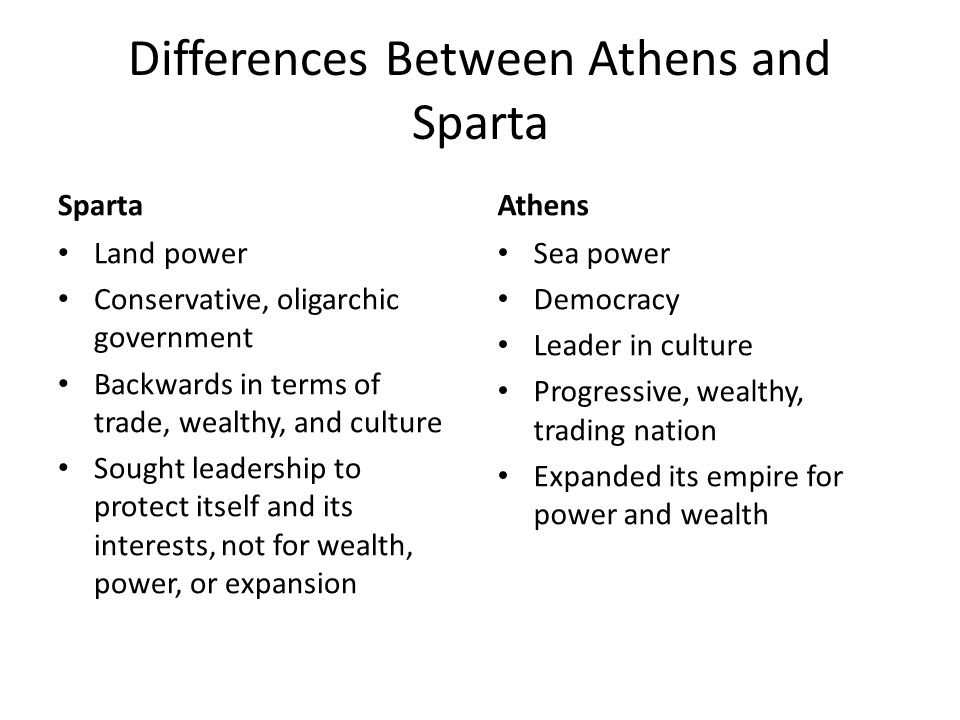
In the social structure of ancient Athens, the citizens held the highest position and had the most political power. This included aristocrats, who were wealthy landowners, and free men who had the right to vote and participate in the government. Slaves, on the other hand, had no political rights and were considered property. They were used for various tasks, such as household chores, agriculture, and even as tutors for the children of wealthier families.
Contrastingly, the social structure of Sparta was based on a strict military hierarchy. The Spartan citizens, or Spartiates, were at the top of the hierarchy and held all the political power. They were full-time soldiers and their primary duty was to protect the state. Below the Spartiates were the Periokoi, who were free but had no political rights. The lowest class consisted of the Helots, who were essentially slaves owned by the state and worked the land to provide for the Spartans.
These differences in social structure greatly influenced the cultures and values of Athens and Sparta. In Athens, education and intellectual pursuits were highly valued. The Athenians were known for their focus on arts and literature, as well as their democratic ideals. They believed in the importance of individual freedom and the power of the mind. In contrast, Sparta placed a greater emphasis on physical strength and military discipline. The Spartans were renowned for their strict military training and resilience in battle. Their society was more conservative and focused on collective duty rather than individual freedoms.
In conclusion, Athens and Sparta had distinct social structures and cultural differences. While Athens valued education and democratic ideals, Sparta emphasized military strength and discipline. These differences influenced the priorities and values of each city-state, shaping their unique societies and ultimately leading to contrasting political systems and ways of life.
Economic Systems and Trade
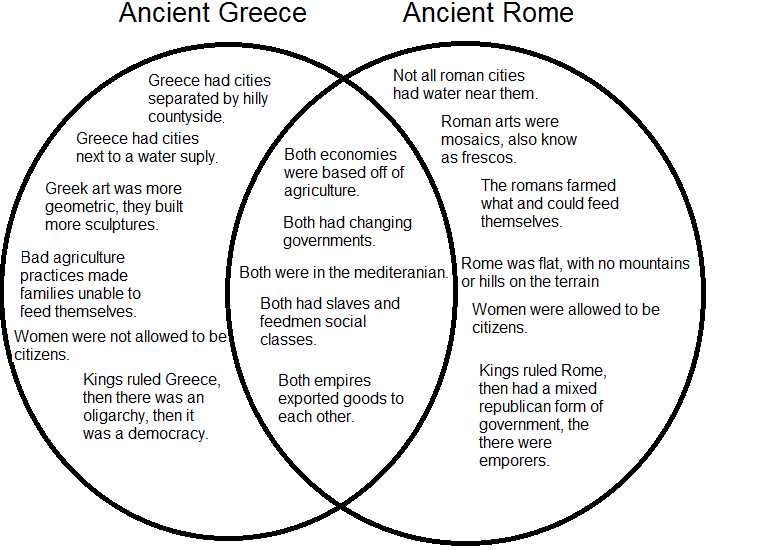
In ancient Greece, both Athens and Sparta had different economic systems and approaches to trade. Athens was known for its strong economy, which was based on trade and commerce. The city-state had a thriving marketplace where goods from all over the Mediterranean were bought and sold. Athens had a strong navy that protected its trade routes, allowing it to engage in maritime trade and establish colonies in distant lands. The city-state also had a strong agricultural sector, with fertile lands surrounding Athens that allowed for the production of various crops.
Sparta, on the other hand, had a more closed economic system focused on self-sufficiency. The city-state was primarily agricultural, with its economy based on the production of food and goods needed for its own population. Sparta didn’t prioritize trade or commerce as much as Athens did. They restricted foreign trade and discouraged their citizens from engaging in economic activities that could distract them from their military training and duties. Spartan society was geared towards producing strong and disciplined warriors rather than wealth through trade and commerce.
Despite their differences, both Athens and Sparta recognized the importance of trade for their respective economies. Athens relied on trade to sustain its thriving economy and maintain its position as a dominant power in the region. Trade allowed Athens to acquire valuable resources and goods, as well as establish diplomatic and economic ties with other city-states. Sparta, although less reliant on trade, did engage in limited trading with other city-states when necessary, particularly for goods that it couldn’t produce itself.
In conclusion, Athens and Sparta had contrasting economic systems and approaches to trade. Athens embraced trade and commerce as a fundamental part of its economy, while Sparta focused more on self-sufficiency and military training. Both city-states recognized the importance of trade for their economies, although Athens relied on it more heavily than Sparta did.
Education and Military
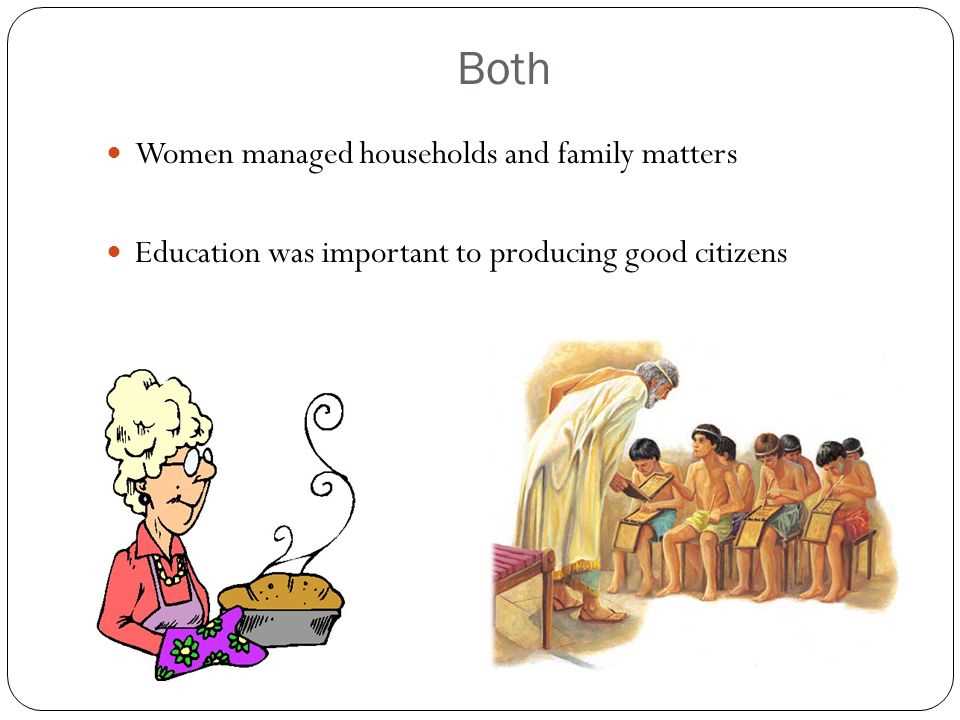
In terms of education, both Athens and Sparta had different approaches. Athens prioritized intellectual and artistic development, placing a strong emphasis on education and philosophy. The city-state was known for its high-quality schools and renowned philosophers like Socrates, Plato, and Aristotle. Athens believed that a well-rounded education was crucial for individuals to become active and informed citizens. Thus, Athenian education focused on subjects like literature, music, mathematics, and philosophy.
Sparta, on the other hand, had a more militaristic approach to education. Spartan society placed great importance on physical strength, discipline, and military prowess. Their education system, known as the Agoge, aimed to train and shape young boys into skilled warriors who were willing to sacrifice themselves for the state. Spartan education focused on physical fitness, combat training, endurance, and military tactics. Boys began their military training at a young age and were thoroughly prepared for a life of serving the Spartan military.
In summary, while education played a significant role in both Athens and Sparta, their focuses and priorities were drastically different. Athens placed importance on intellectual and artistic development, aiming to create well-rounded citizens with a broader range of knowledge and skills. In contrast, Sparta prioritized physical strength and military training, grooming its citizens to be fierce and disciplined warriors. These different approaches to education contributed to the contrasting values and ways of life in the two city-states.
Q&A:
How does the military benefit from education?
The military benefits from education by ensuring that soldiers have the necessary knowledge and skills to perform their duties effectively and safely. Education helps in training soldiers in technical areas, strategic planning, critical thinking, and leadership, among other essential skills.
How does education benefit the military?
Education benefits the military by providing a more knowledgeable and skilled workforce. Soldiers who have access to education are better equipped to handle complex challenges and adapt to changing situations. Additionally, education can help in improving communication skills, problem-solving abilities, and overall morale within the military.
What role does education play in the military officer’s training?
Education plays a crucial role in the training of military officers. It helps in developing their leadership abilities, decision-making skills, and critical thinking. Additionally, education provides officers with a broader understanding of military history, strategy, and international relations, which helps in shaping their approach to command and decision-making.
How does military service impact education?
Military service can impact education in different ways. While serving in the military, individuals may have limited access to traditional educational opportunities due to deployment or training commitments. However, the military often provides educational benefits, such as tuition assistance and the GI Bill, allowing service members to pursue higher education and professional development opportunities.